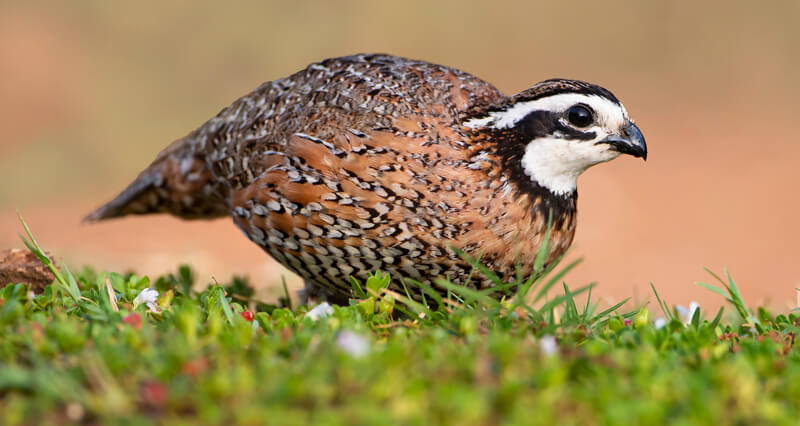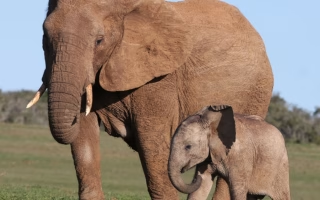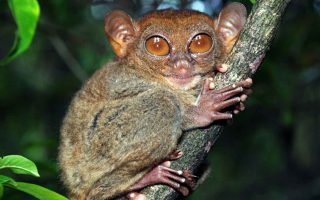marwaarsanios.info – Quail, small to medium-sized game birds belonging to the order Galliformes (which also includes chickens, turkeys, and pheasants), are known for their ground-dwelling habits, cryptic plumage, and explosive bursts of flight. These birds, found in various habitats across the globe, play important ecological roles and are popular game birds for hunters. This article explores the fascinating world of quail, delving into their diverse species, unique characteristics, ecological significance, and interactions with humans.
A Diverse Group: Several Genera and Species
The term “quail” encompasses several genera within the Phasianidae family (pheasants, partridges, and allies) and the Odontophoridae family (New World quails). This classification results in some key differences between Old World (Phasianidae) and New World (Odontophoridae) quail species. Some well-known species include:
- Old World Quail: Common Quail (Coturnix coturnix), Japanese Quail (Coturnix japonica)
- New World Quail: Northern Bobwhite (Colinus virginianus), California Quail (Callipepla californica), Gambel’s Quail (Callipepla gambelii)
Physical Characteristics: Adapted for Ground Life
Quail are adapted for life on the ground, exhibiting several key physical characteristics:
- Compact Bodies and Short, Rounded Wings: Enabling short, powerful bursts of flight for escaping predators.
- Cryptic Plumage: Providing excellent camouflage in their preferred habitats, typically consisting of browns, grays, and blacks.
- Strong Legs and Feet: Adapted for running and scratching for food on the ground.
- Relatively Short Tails: Further aiding in their ground-dwelling lifestyle.
Habitat and Distribution: Diverse Habitats Across the Globe
Quail are found on nearly every continent, inhabiting a variety of habitats:
- Grasslands and Prairies: Providing open areas for foraging and nesting.
- Shrublands and Brushlands: Offering cover and protection from predators.
- Woodlands and Forest Edges: Utilizing the transition zones between forests and open areas.
- Agricultural Fields: Where they can find abundant food sources.
Their adaptability has allowed them to thrive in diverse environments, from temperate grasslands to arid deserts.
Behavior and Diet: Foraging on the Ground
Quail are primarily ground foragers, feeding on a variety of plant and animal matter:
- Seeds and Grains: A staple food source for most species.
- Insects and Other Invertebrates: Important sources of protein, especially for young quail.
- Fruits and Berries: Consumed by some species when available.
They typically forage in groups, called coveys, which provides increased protection from predators.
Nesting and Breeding: Ground Nests and Precocial Young
Quail nest on the ground, creating shallow depressions lined with vegetation:
- Ground Nests: Well-camouflaged and hidden among vegetation.
- Large Clutches: Females lay relatively large clutches of eggs.
- Precocial Young: The chicks are born fully feathered and able to leave the nest shortly after hatching, following their parents and foraging for food.
Both parents may participate in caring for the young, although in some species the male takes on the primary role.
Ecological Role: Seed Dispersers and Prey Animals
Quail play important roles in their ecosystems:
- Seed Dispersal: By consuming seeds and excreting them in different locations, they contribute to plant dispersal.
- Insect Control: They help regulate insect populations by consuming large numbers of insects.
- Prey for Predators: They serve as a food source for various predators, such as hawks, foxes, and snakes.
Interactions with Humans: Game Birds and Farmland Inhabitants
Quail have a long history of interaction with humans:
- Game Birds: Many quail species are popular game birds for hunting, providing recreational opportunities and economic benefits.
- Agriculture: Quail can be found in agricultural areas, where they may be considered both beneficial (for insect control) and detrimental (for consuming crops).
- Conservation Efforts: Habitat loss and fragmentation have led to population declines in some species, prompting conservation efforts to protect their habitats.
Conservation Status and Threats: Facing Habitat Loss and Hunting Pressure
While some quail species are relatively abundant, others face significant threats:
- Habitat Loss and Fragmentation: Conversion of grasslands and shrublands to agricultural and urban areas reduces suitable habitat.
- Hunting Pressure: Overhunting can negatively impact local populations.
- Pesticide Use: Pesticides can directly harm quail or reduce their food sources.
Conclusion: Appreciating the Quail’s Role in Nature and Culture
Quail, with their cryptic plumage, explosive flight, and important ecological roles, are a fascinating group of birds. From their place in natural ecosystems to their interactions with humans as game birds and farmland inhabitants, quail play a significant role in both nature and human culture. By understanding the challenges they face and supporting conservation efforts, we can ensure that these elusive ground dwellers continue to thrive for generations to come.




